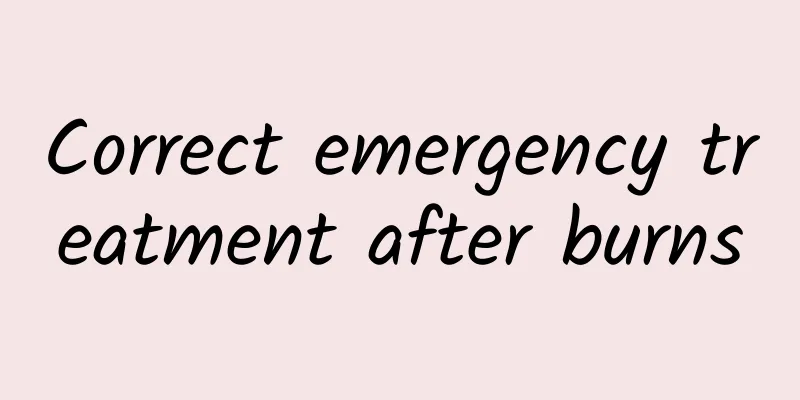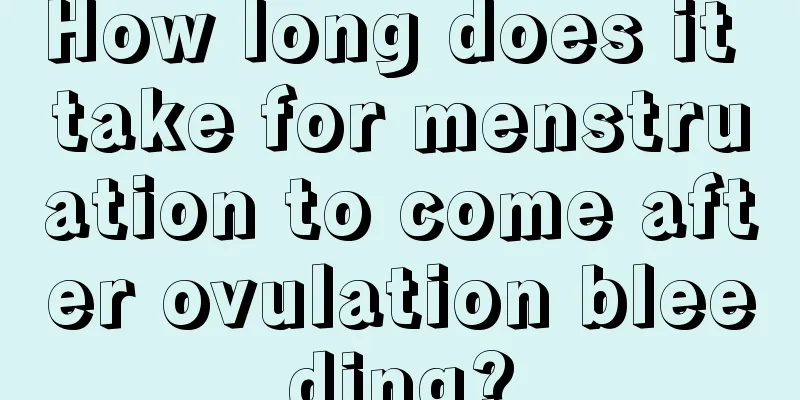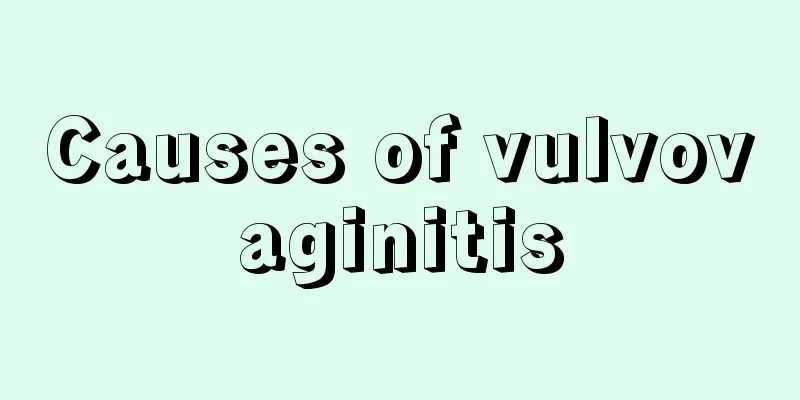Correct emergency treatment after burns

|
Burns, as a common accidental injury in daily life, are often accompanied by severe pain. However, when dealing with burns, if you do not understand the correct first aid measures, it is easy to fall into misunderstandings, which will lead to worsening injuries. Therefore, this article will deeply explore the emergency treatment behaviors after burns and provide the correct first aid methods to help everyone better deal with this emergency. First, let's understand how burns occur. Burns are usually caused by hot substances or flames, which can cause varying degrees of damage to skin tissue. According to the degree of the burn, we can divide it into first-degree, second-degree, and third-degree burns. First-degree burns only involve the surface of the skin, showing redness, swelling, and pain; second-degree burns involve deeper skin tissue and may cause blisters; and third-degree burns are the most serious, which will damage the entire layer of skin and may even affect the subcutaneous tissue, muscles, and bones. So, how should we deal with burns correctly? Step 1: It is key to quickly get away from the heat source to avoid further damage. If the burn is caused by flames, extinguish the flames quickly; if it is caused by hot water or hot oil, quickly move the burned area away from the heat source. Step 2: Rinse the wound with running cold water , which can lower the skin temperature and relieve pain. During the rinsing process, pay attention to the moderate water temperature to avoid secondary damage to the wound caused by overcold or overheated water. The rinsing time is generally 30 minutes, or there is no pain after the scald leaves the cold water. Step 3: When dealing with burns, you also need to pay attention to avoid tearing clothes . If the scalded area is covered with clothes, do not tear it forcibly to avoid aggravating skin damage and causing infection. The correct way is to gently cut the clothes with clean scissors to avoid secondary damage to the wound. When cutting clothes, be especially careful to avoid the scissors from touching the wound. Step 4: Cover the wound with a clean gauze or handkerchief. The fifth step is to rush to the doctor urgently, and seek the help of a professional doctor in time. The doctor will develop a treatment plan based on the severity and specific circumstances of the wound to ensure that the patient receives timely and effective treatment. However, in real life, many people fall into some misunderstandings and take improper treatment methods. For example, some people will apply substances such as toothpaste and soy sauce to relieve pain. However, these substances not only fail to effectively reduce the pain and damage of burns, but may cause other problems. The ingredients in toothpaste may irritate the wound and increase the pain; while soy sauce may contain bacteria and increase the risk of infection. In addition, applying these substances may also cover up the true condition of the wound, making it difficult for doctors to judge the severity of the burn, thus affecting the correct treatment decision. In addition to applying inappropriate substances, ice compresses are also a common misunderstanding in the treatment of burns. Although ice compresses can relieve pain, if the ice compresses are applied for too long, it may cause frostbite to the local tissue and further aggravate the injury, so ice compresses are not recommended. In short, facing burns, a common accidental injury, we must remain calm and rational. By understanding the emergency treatment behaviors after burns and the correct first aid measures, we can better protect the health of ourselves and others. Remember, the correct treatment method is to quickly remove from the heat source, rinse with cold water, cut open the clothes, bandage the wound and seek medical treatment in time. Avoiding taboo behaviors such as applying inappropriate substances, excessive ice compresses, tearing clothes and applying ointments at will is the key to protecting wounds and reducing injuries. Let us work together to improve the correct rate of burn treatment and escort the safety and health of ourselves and others. |
<<: Polycystic ovary syndrome: Ovaries no longer controlled by the brain
>>: Popularization of health knowledge on gout prevention and treatment
Recommend
What causes vaginal itching?
What is the cause of vaginal itching? In fact, th...
What food is best for women with kidney deficiency?
Kidney deficiency is an increasingly common probl...
What is lotus root powder made of? Can lotus root powder be eaten every day?
Lotus root powder is a nutritious food that is ea...
What preparations should be made before the college entrance examination? How to adjust your mentality before the college entrance examination
Many people say that the college entrance examina...
Why does my stomach feel tight and hard accompanied by fetal movement in the late pregnancy?
Generally speaking, in the later stages of pregna...
What causes ovarian cancer?
Nowadays, women are still more likely to suffer f...
How to judge whether the body is cold or hot
After many people go to a traditional Chinese med...
Why did it take more than 20 years to discover the hepatitis C virus, but only a week to discover the new coronavirus?
The first Nobel Prize in 2020 was awarded to thre...
Treatment of early stage uterine fibroids
Uterine fibroids are a common tumor of the female...
Why does amniotic fluid embolism occur?
Amniotic fluid embolism usually occurs when women...
What are the symptoms of breast nodules?
Women's breasts may have various diseases, an...
How to blanch straw mushrooms (rinse with clean water, cut or tear into pieces, and put into water)
...
What are some tips for girls to enlarge their breasts?
Maybe many of my female friends are prone to cong...
Will the more severe morning sickness the baby has, the smarter he will be?
Women generally experience morning sickness durin...
How does the body react to ovulation?
Female reproductive issues are very important mat...









